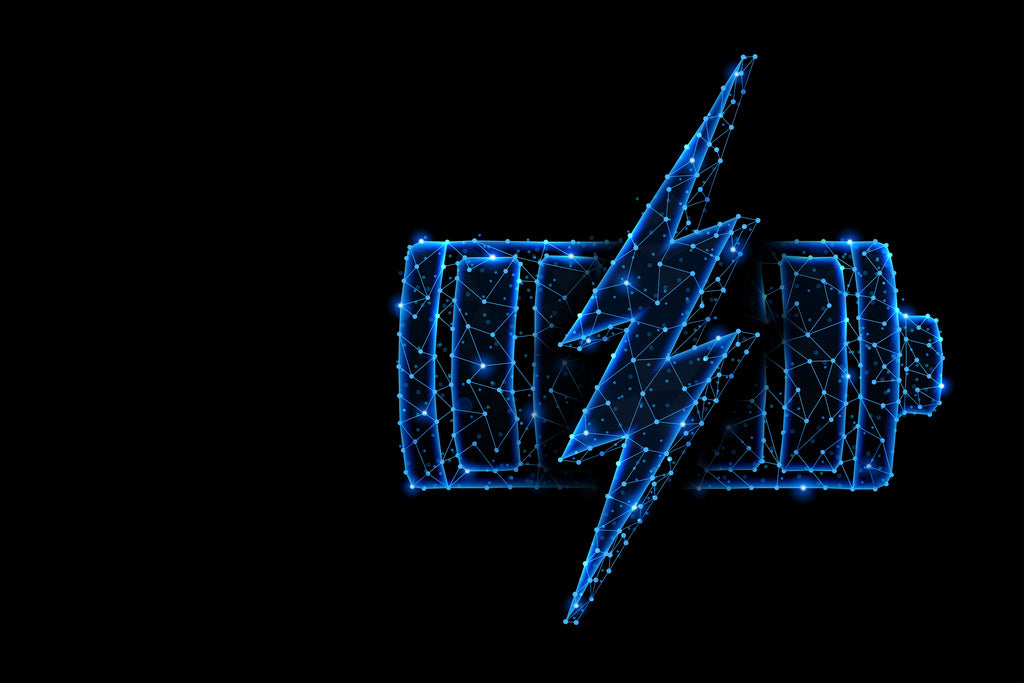
You don’t have to work in the industry to realize that whichever company comes up with a reliable long-range, powerful wireless charger is guaranteed to make bank. This is because there is a lot of demand for high-power wireless chargers but barely any supply. If anything, some of the low-end wireless chargers out there are no more than a gimmick.
In other words,the quest for a high power Qi charger is ongoing, with few perspectives on the horizon that would qualify as worthy solutions. It seems that the few reputable manufacturers who invest time and money into developing wireless chargers are in no rush whatsoever while the smaller companies that actually make such devices can barely reach optimal standards.
The main challenge for building a powerful wireless charger is to improve the performance of a dynamic recharge system without altering the physical parameters set by existing chargers.
Believe it or not but this is a lot harder than it would otherwise seem. This is because the philosophy behind the development of a new generation of wireless chargers is quite complex, mainly because there isn’t yet a universal standard for Qi-ready batteries.
Achieving a safe and efficient high-power transfer
The key to achieving a high-power transfer over reasonably long distances is to increase the power transfer density by designing systems that operate at much higher frequencies than normal standards. You see, most inductive systems require the induced voltage to be compensated by the frequency, thus reducing the mutual inductance between the coils.
A high-power charger should, at least in theory, incorporate the capacity to switch frequencies at high voltage while ensuring that the fringing fields are maintained within safe levels. This means thata good high power Qi charger should be able to cycle through different frequencies via multiple circuit stages that provide appropriate voltage and current gain.
Needless to say, the challenge here is to ensure the frequency switch is fast and uneventful while also providing a reactive compensation to account for the increase/decrease in voltage. It should be noted that a lot of work currently goes into designing the circuit stages operating according to these parameters.
A multipronged approach to high-power wireless charging
While the focus is of course on coming up with a reliable wireless charger for day-to-day device recharging purposes, the possibility of employing such technologies for a wider range of applications cannot be ignored. At the moment, most manufacturers are actively trying to come up with a versatile Qi charger that operates at long distances.
This is guaranteed to change going forward as more and more devices and appliances start to incorporate Qi-charging capabilities. It is likely that in the near future,you will be able to use a high power Qi charger not just for charging up your phone, but also to charge up household appliances and maybe even vehicles.
As we said, major engineering efforts are being made to develop mechanisms that would determine optimal charger power levels depending on the detected devices so as to increase the functionality of future wireless chargers.
At the same time, these chargers must also account for cost-effectiveness and maintain high operational standards without increasing risks.






